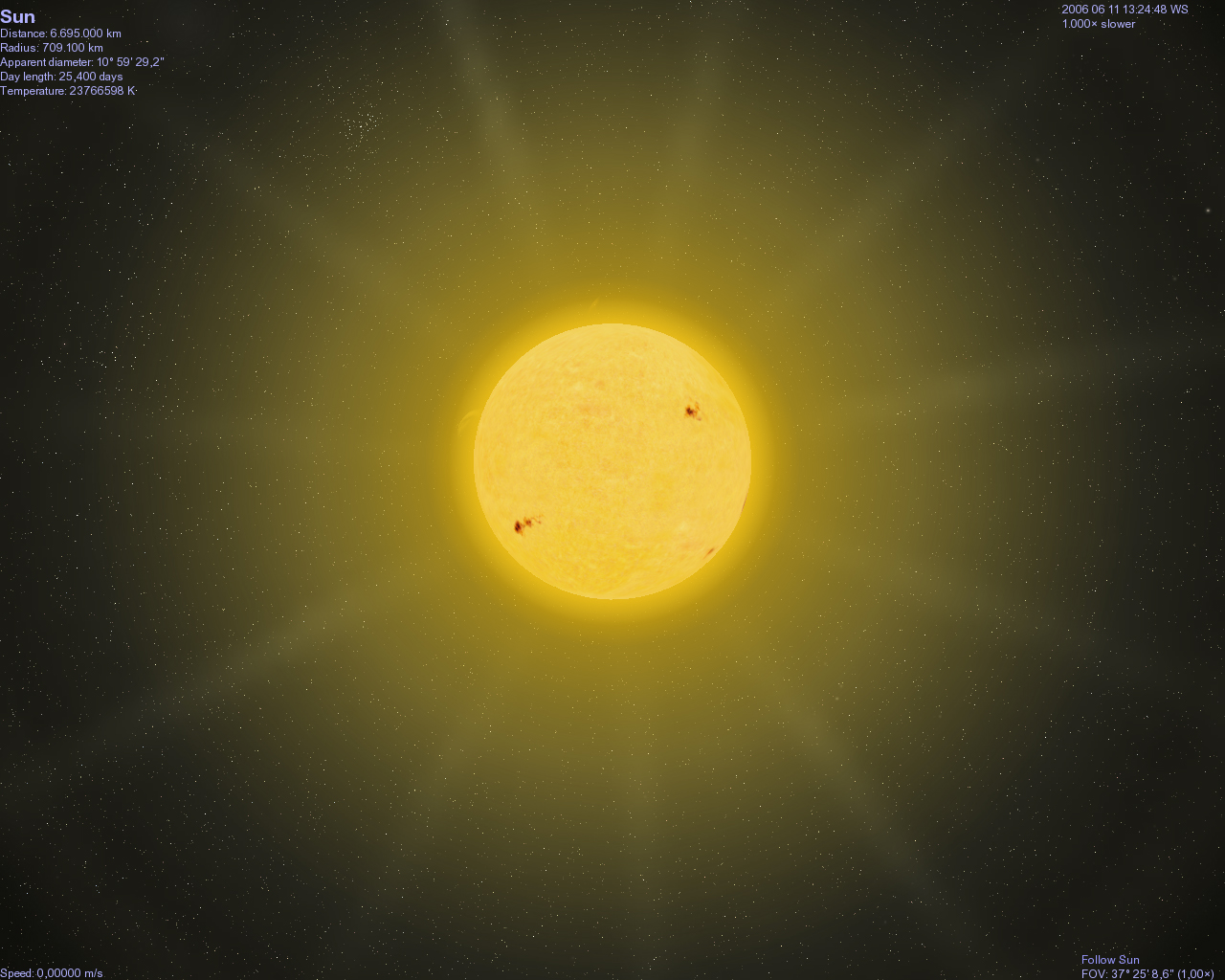Ask Our Experts: What is Passive Solar Heating?
December 27, 2021 | 6:27 pmNote: Article originally published on January 24, 2016. Content and graphics revised on December 27, 2021.

Question for Our Experts:
I’ve heard about residential solar energy systems that require solar panels on a home’s roof. I hear this is often called “active solar heating.” But what is “passive solar heating”?
Our Experts’ Answer:
Great question! In short, passive solar heating is a set of building design principles that allow for the building itself to most effectively absorb energy from the sun and heat the home. This includes utilizing dark, massive surfaces at select locations on the building, limiting windows primarily to the south side of the building, and ensuring a well-insulated building envelope and foundation. The general idea behind passive solar heating is to design homes that take advantage of natural heat from the sun in the winter, which pertains to the south-facing side of the home for residents in South Central Pennsylvania. On its most basic level, passive solar heating allows rays from the sun to enter the home through its windows at strategic points. The heat from these rays is absorbed by floors, furniture, stone, brick, or other dark, massive surfaces (as mentioned above). In turn, the heat that has been absorbed is then released in the home through the nighttime hours.
You’ll notice in this basic description that passive solar heating principles are most effective when applied during a home’s initial construction process. While it is possible to incorporate passive solar heating principles into a home during a remodel, it can be more difficult to do so (since you’re not starting from the ground up). Active solar heating systems, on the other hand, can generally be installed after-the-fact.
It’s important to note that passive solar heating systems generally will not replace (or eliminate the need for) traditional heating systems (like furnaces and heat pumps) in your home. However, passive solar heating design will greatly reduce the burden that traditional heating systems are required to bear – thus reducing operating costs and improving energy efficiency in your home.
This question begs some related questions to be answered. Here’s some additional info that you might find to be helpful.
- How does the design of a traditional HVAC system change when you know that passive solar heating designs have been incorporated into the home? All homes should undergo what’s called a heat loss/gain calculation before making any major HVAC system design changes, which takes all factors into consideration. A professional heating and air conditioning system designer – like those on staff at Tuckey Mechanical Services – will perform this calculation, which will give the designer more insight into the way in which air/heat moves throughout the home (and, thus, more insight into how to effectively design a heating system). The presence of passive solar heating designs will be taken into consideration when a heat loss/gain calculation is performed.
- Is it expensive to implement passive solar heating design in the average new home? The dark, massive surfaces (like bricks, stone, tile, etc.) that are essential when designing a passive solar heating system tend to drive up the cost of home-building. This is one reason why passive solar heating systems are not more widespread. That being said, it’s generally more cost effective to implement these principles when building a new home than when retrofitting an old one, as mentioned previously. Each situation will be unique.
- Is passive solar heating design frequently found in South Central PA? If not, why not? This area is ideal for passive solar heating design. In our area, a general rule of thumb is that the correct amount of south-facing glass should be approximately 8 to 12 percent of the floor area of the home.
The Bottom Line
Passive solar heating systems are not “appliances” or “equipment” but, rather, design principles that can be implemented during the process of building a home. The basic concept is to use dark, massive material (tile, brick, stone, curtains) to absorb the sun’s energy during the day, which then provides heat for the home overnight. Homes in South Central PA are generally good candidates for passive solar heating design – but each situation is unique, so professional consultation is a must!
For professional assistance with this and other home maintenance work, Tuckey is the local expert to call. Keep our number handy – you never know when you might need us! Call (717) 249-3733 or visit www.tuckey.com for more information.
[Photo By charles (Own work (Screenshot)) [Public domain], via Wikimedia Commons]
All material Copyrighted (c) by the Tuckey Companies, 2025.


